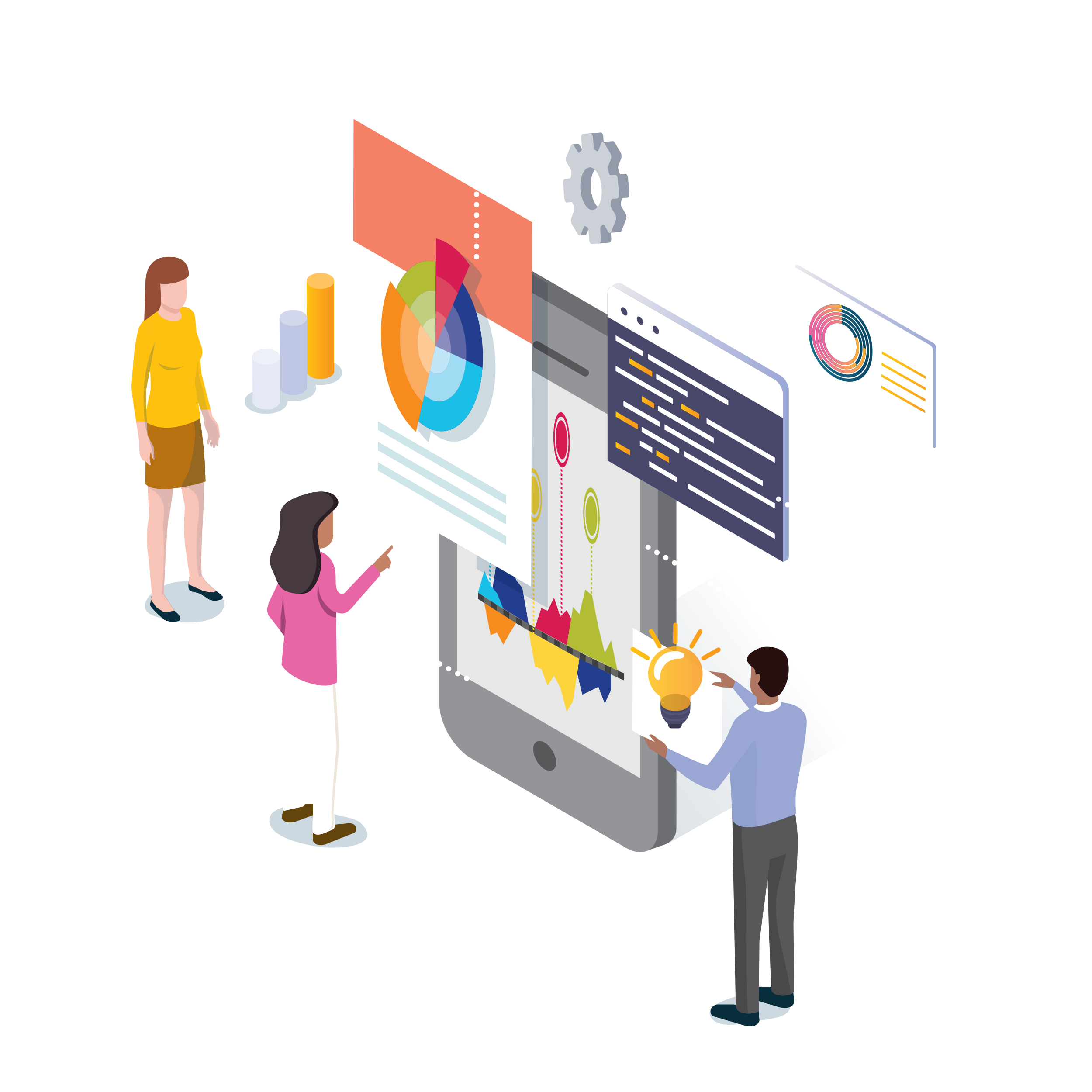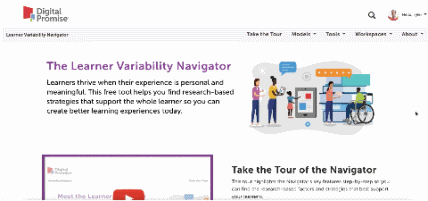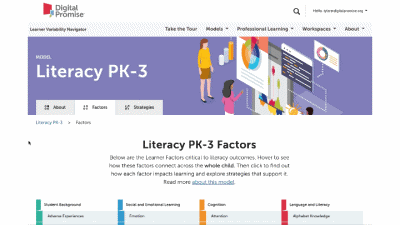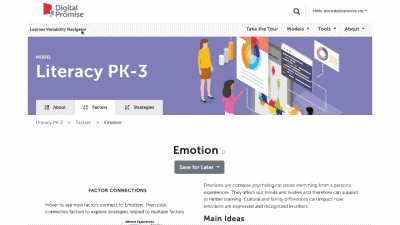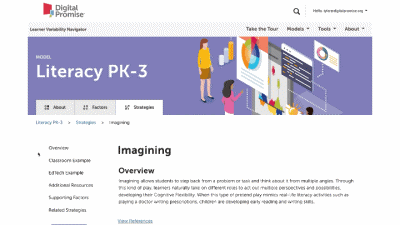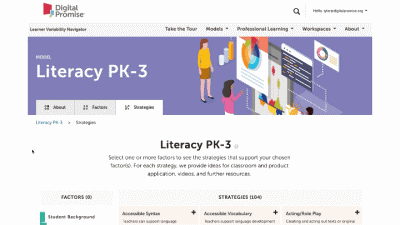Communication Boards
Overview
Communication boards are displays of graphics (e.g., pictures, symbols, illustrations) and/or words where learners can gesture or point to the displays to extend their expressive language potential. As a form of augmentative and alternative communication (AAC), communication board types can range from non technology (e.g., laminated core board posters, notebooks with interchangeable notecards of graphics paired with words) to high technology-based equipment such as ipads with communication board apps, and switch operated or eye controlled speech-generating devices. It is important to consider the skills and backgrounds (for instance their Working Memory, Background Knowledge, and Speed of Processing) when creating or buying pre-made communication boards. Social Supports such as educators, speech-language pathologists, occupational therapists, caregivers and friends can play a key role in supporting the creation of and effective use of this tool. These boards can be used across a variety of contexts including schools, households, community, and medical settings. Communication boards can assist learners who are nonverbal, minimally speaking, and/ or who are learning another language to more effectively express their immediate needs, preferences, questions, decisions, and emotions to others. When implemented properly, communication boards have the power to support learners to more readily: access, process and communicate information within their environment; participate with others in school, home and community activities; demonstrate their knowledge and understanding of Vocabulary, concepts, skills, and/or tasks within specific contexts; and convey their personal experiences, thoughts and/ or concerns. These devices can increase learners' level of independence, Motivation, and Learner Mindset within social interactions and help reduce or replace maladaptive behaviors (e.g., avoidance, withdrawal, aggression) that may be caused by barriers to communication.
Example: Use This Strategy In in the Classroom
Design It into Your Product
Factors Supported by this Strategy
More Multisensory Supports Strategies
Audiobooks allow students to hear fluent reading and to experience books that may be above their reading skills.
Dictation, also referred to as speech-to-text, an assistive communication technology that translates voice dictation to digital text, provides students with transcription difficulties the opportunity to participate in the writing process by allowing them to use their voice to generate and record ideas.
Dictionaries and thesauruses can serve as resources for students to expand their Vocabulary knowledge, as they provide easy access to definitions and similar words to help students remember words and meanings more readily.
Adding gestures and motions to complement learning activates more cognitive processes for recall and understanding, particularly within content area instruction.
Short breaks that include mindfulness quiet the brain to allow for improved thinking and emotional regulation.
Brain breaks that include movement allow learners to refresh their thinking and focus on learning new information.
Connecting information to music and dance can support Short-term and Long-term Memory by engaging auditory processes, Emotions, and physical activity.
Using earplugs or headphones can increase focus and comfort.
Transforming written text into audio supports learning by activating different parts of a learner's brain for comprehension.
Visual supports, like text magnification, colored overlays, and text manipulation, help students focus and properly track as they read.
Research has shown that students write longer pieces with stronger quality when they use word processing software.
Word sorts are multisensory activities that help learners identify patterns and group words based on different categories while promoting Vocabulary development.
